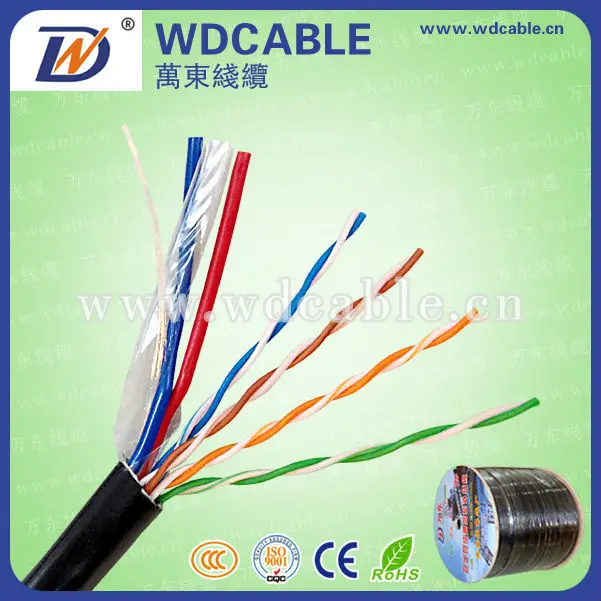

This means that Cat5e can give the appearance of being slower.
Is rated and measured at 100MHz (which means the CPU can process up to 100 million commands a second)Ĭat5e tends to have a slightly higher delay and skew than either Cat6 and Cat6A cabling. If most of your network is cloud-based, Cat5e cabling may be sufficient-for the present. Cat5e cables were the first to deliver one Gigabit of network speed, which in most expert’s opinion is the least amount of speed that should be considered. Let’s break down each type of cabling to help you determine which is the best option for your network, for now, and for the future.Ĭategory 5e is a high-speed enhanced version of legacy Cat5 cables and has been in use for 20 years. Of course, price is not the only factor to consider when choosing what category of Ethernet cabling to buy. Shielded cable (STP) is roughly 30 to 40 percent more expensive than unshielded cabling (UTP). Plenum costs about 30 percent more than non-plenum. There are a couple of other cost considerations when purchasing Ethernet cabling: This means, if your Cat5e cabling job costs $10,000, then Cat6 cabling for the same job will cost $13,000, and Cat6A will cost $16,900. Cat6 is approximately 30 percent more costly than Cat5e, while Cat6A is in the range of 30 percent more expensive than Cat6. Cat5e is the least expensive of the three. Probably the most significant difference between Cat5e, Cat6, and Cat6A cabling is the price, and price is often the biggest consideration when deciding which Ethernet cabling to purchase. First, let’s compare the costs of these three cable types. However, each cable category option has quite different specifications. 
This means that the cables simply plug into the same Ethernet jack on your computers, routers, and switches. The purpose of this article is to help you determine which type of Ethernet cabling suits your needs.Īll three cable types use an RJ45 end, similar to a telephone jack, only slightly wider. When choosing the right cabling solution for your particular network infrastructure, you need to know the difference between the different cable categories. One of the most common questions regarding Ethernet cabling is: What type of cabling should I choose? There is much confusion on this topic.






 0 kommentar(er)
0 kommentar(er)
